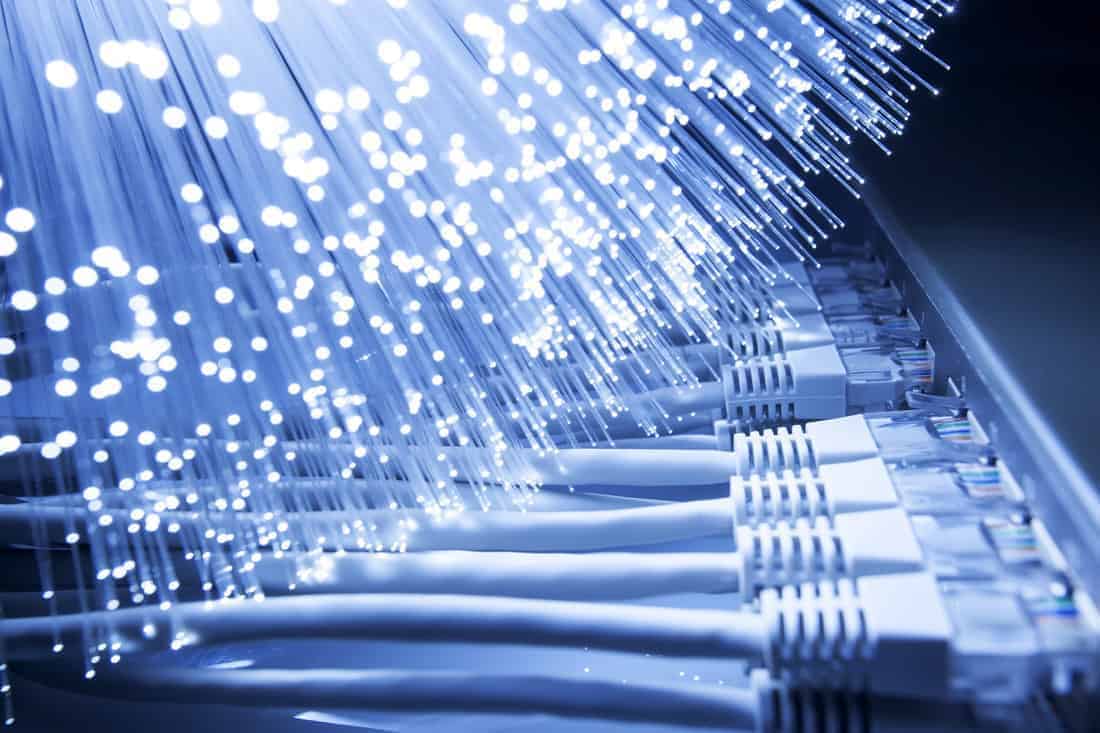ADSL – Asymmetric Digital Subscriber Line
This is a kind of DSL connection. It makes use of frequencies on common copper phone lines that are not taken up by voice calls.
There are no special lines to be installed which is a huge benefit as it is cheaper and more available than other types of broadband.
Average speeds obtainable is up to 24Mps download speed, but the upload speed is a bit more restricted.
Speed is affected by a few things:
The condition of the wires.
The distance between your property and the suppliers location.
Noise and interference on the line.
Residing “upstream” from your suppliers could imply that you will probably get inferior service to someone residing “downstream”. Hence the name “asymmetrical”.
A more modern generation of ADSL is ADSL2+ and will work well within 2 kilometer of the exchange.
VDSL – Very-high-bitrate Digital Subscriber Line
This line is closer to cable in speed and behavior than ADSL. It is about 5 x faster with downloads and 10 x faster with uploads.
If you live in close proximity of your supplier you can reach up to a maximum of 60 Mbps for both uploads and downloads.
These speeds are accomplished by the more successful use of phone lines where the distance that the signal travels is shortened. Therefore giving you less degradation and a more stable connection.
VDSL offers a better overall performance however, distance and wire condition can effect this performance.
UFB/FIBRE – Extremely-Quick Broadband (UFB)/Fibre
This type of connection is making quite a few waves as it is popping up in a lot of locations and drawing attention with its promise of the potential for as much as 1 GBPS for each upload and download.
Even though speeds around the 300 Mbps mark are extra widespread, UFB has a lot of potential for households and companies requiring superior Internet efficiency.
UFB make use of smaller lighter fiber optic cables with glass conductors, it transmits light signals instead of electricity, therefore making them not subject to interference from electrical wires or damage due to lightning strikes.
Because of this UFB leads to one of the most clearest and constant connection one will get. However the installation of this is quite costly, meaning you as the user will pay extra for the use.
People in rural areas will not at this stage have access to Fibre. The speeds fibre offers makes it perfect for customers that transmit excessive quantities of information, especially digital media on a regular base.
Unlike DSL where you get the same level of performance, no matter your location.


